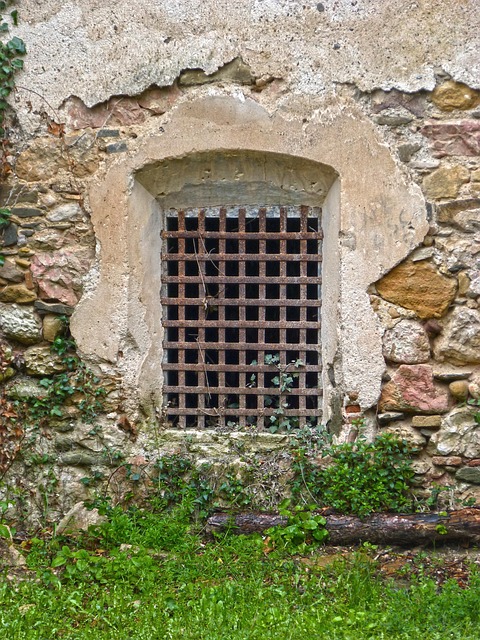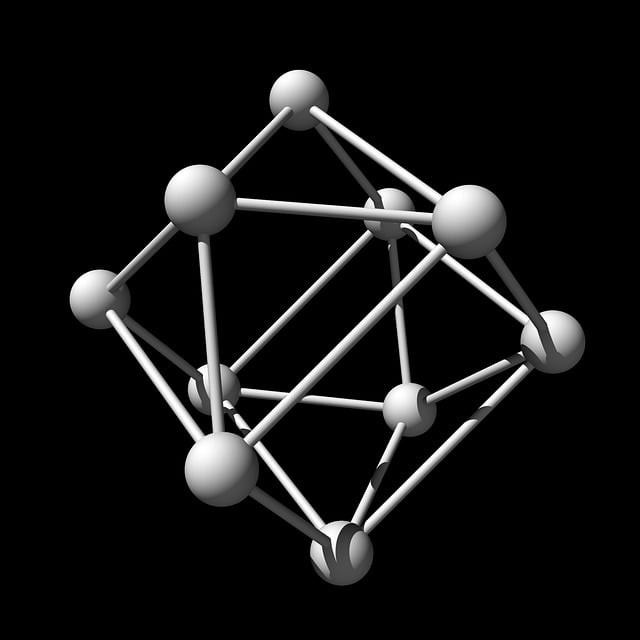The Kratom tree (Mitragyna speciosa) is a towering tropical beauty native to Southeast Asia, recognized for its robust growth up to 20 meters tall and distinctive large, green leaves with yellow vein patterns. Its adaptable nature allows it to thrive in various habitats, contributing to the global cultivation of 'Yellow Vein' kratom powder renowned for its unique chemical compounds, notably mitragynine and 7-hydroxymitragynine (7-HMG), offering diverse effects from energizing to relaxing. Understanding leaf coloration and chemical profiles is key for users seeking tailored benefits among the vast Kratom varieties.
“Unraveling the secrets of the Kratom Tree (Mitragyna speciosa) and its captivating varieties, this article delves into the world of Yellow Vein Kratom Powder—a unique and potent strain. The kratom tree, with its distinctive appearance, bears leaves that hold cultural and medicinal significance. This guide explores the origins of yellow vein kratom, from its lush tropical cultivation to the specialized processing that unveils its golden-hued powder. Learn about the chemical compounds that give it distinct effects and discover proper dosage guidelines for safe and beneficial use, while understanding key considerations.”
- The Kratom Tree: A Tropical Plant with Diverse Varieties
- – Description and appearance of the kratom tree (Mitragyna speciosa)
- – Key characteristics that differentiate kratom strains
The Kratom Tree: A Tropical Plant with Diverse Varieties
The Kratom tree, scientifically known as Mitragyna speciosa, is an enchanting tropical plant native to Southeast Asia, particularly prevalent in regions like Thailand and Malaysia. This striking tree can grow up to 12-20 meters tall, featuring a robust trunk and large, compound leaves that are deeply veined and often a vibrant green color. Its appearance alone captivates those who encounter it, but the true magic lies beneath the surface.
What does a kratom tree look like? Beyond its striking height and foliage, the tree bears small, creamy-white flowers that bloom in clusters, adding a delicate touch to its overall aesthetics. The leaves, which can measure up to 15 centimeters across, are where the plant’s unique properties reside. These leaves contain various chemical compounds, including alkaloids, that contribute to the therapeutic and psychoactive effects associated with kratom use. The diversity of kratom varieties, each with its own distinct characteristics, is a testament to the plant’s adaptability and the rich biodiversity of its native habitats.
– Description and appearance of the kratom tree (Mitragyna speciosa)
The kratom tree, scientifically known as Mitragyna speciosa, is a striking and distinctive plant native to Southeast Asia, particularly Thailand, Malaysia, and Indonesia. It’s a robust, tropical tree that can grow up to 12 meters tall with a broad, spreading canopy. The leaves are large, thick, and glossy dark green on top, with a lighter underside. They have unique veins that resemble yellow lines, hence the term ‘Yellow Vein’ kratom powder, which refers to a specific type of this plant’s dried leaf product. These veins aren’t just aesthetically pleasing; they contain higher concentrations of mitragynine, one of the primary psychoactive compounds in kratom.
The tree’s bark is rough and fissured, and its small, white flowers grow in clusters. The fruits are long and slender, containing black seeds. What makes the kratom tree unique is its ability to thrive in diverse conditions, from dense forests to more open areas, which has contributed to its widespread cultivation and availability of its valuable powder form for various purposes.
– Key characteristics that differentiate kratom strains
Kratom, derived from the leaves of the Mitragyna speciosa tree, exhibits remarkable diversity in strains, each with unique characteristics. Visually, what does a kratom tree look like? It’s an exotic plant with large, compound leaves that grow in dense clusters on sturdy stems. The coloration varies by strain and maturity; younger leaves are often vibrant green while mature leaves can turn darker shades.
Beyond appearance, strains differ primarily in their chemical profiles, particularly the levels of mitragynine and 7-hydroxymitragynine (7-HMG). These alkaloids contribute to the distinct effects associated with different kratom varieties, ranging from energizing Maeng Da to relaxing Red Bali. Such variations make navigating the Kratom landscape both intriguing and important for users looking to harness specific benefits based on their needs.
The Kratom tree, scientifically known as Mitragyna speciosa, is a striking tropical plant that has gained popularity for its diverse varieties. With its unique appearance and rich history, this tree has become a staple in the natural product community. Understanding what a kratom tree looks like is essential when exploring the various strains available. Each variety offers distinct characteristics, from leaf shape to vein colors, providing users with a range of experiences. Whether you’re curious about the iconic yellow vein kratom powder or other strains, recognizing the tree’s features and the variations among its leaves is key to making informed choices.














